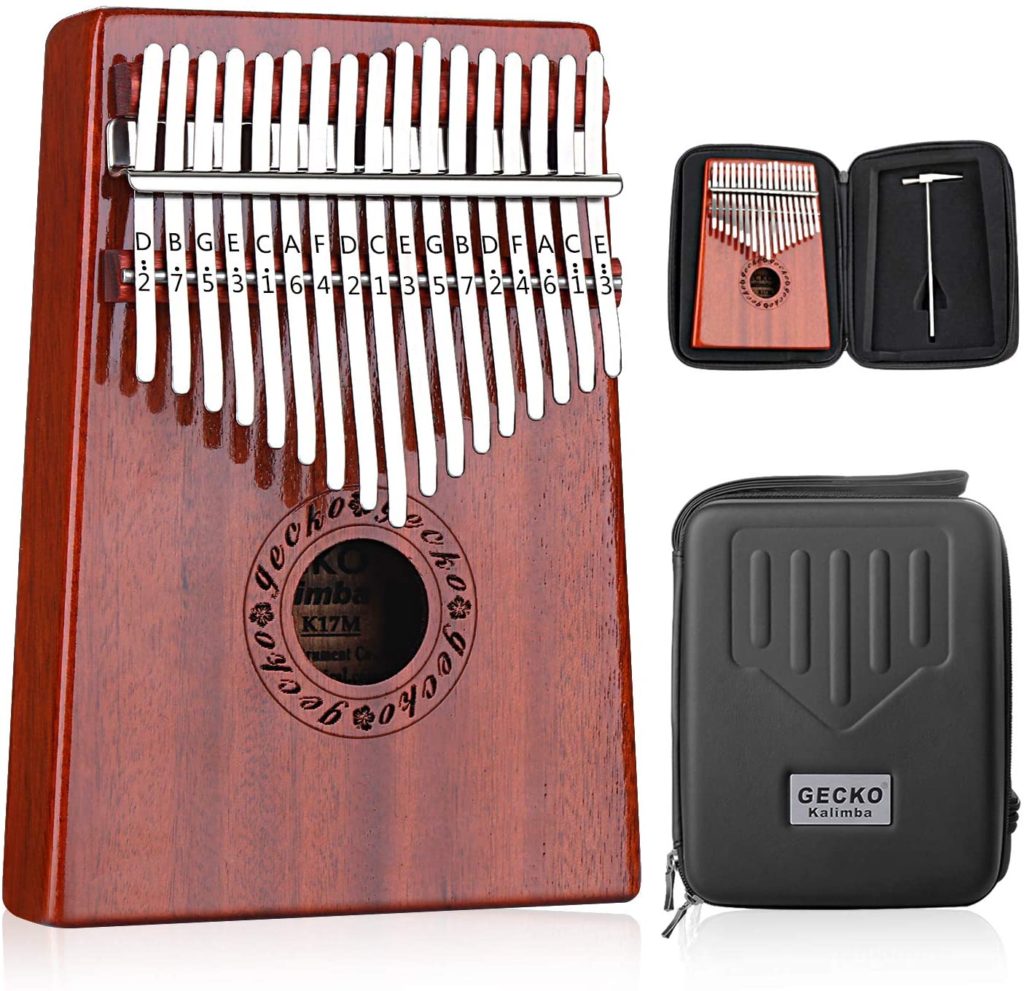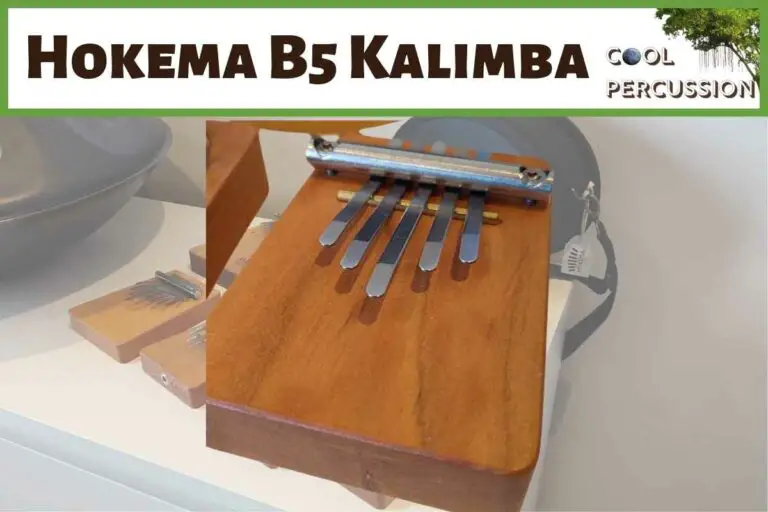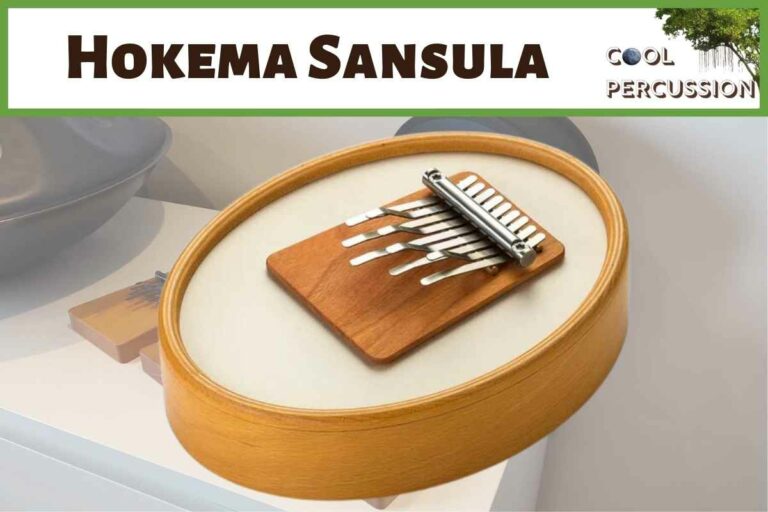Kalimba Playing Tips – Thumb Nails Required or Not?
While you technically can play the kalimba without nails, it is generally accepted to be rather uncomfortable and sometimes even painful. On top of that, your fingers will never make as clear a sound as fingernails on the metal tines – so you might not be able to achieve that beautiful, melodic ring that the kalimba is known for!
Many guides to the kalimba online warn about how much the tines of the kalimba can hurt a new player. These pieces of metal are necessary for the sound of the instruments, as the metal resonating in the wooden frame create the iconic tone and timbre.
For some already practiced musicians, this issue may not be as much of a problem. For example, a lot of instrumentalists like guitarists develop calluses. A callus is an area of thickened or hardened skin that usually occurs on feet or hands in response to repeated exposure to and friction with hard surfaces.
Even when kalimba players have already developed thick calluses from years of playing – using the kalimba with no nails can still be painful.
On the other hand, fingernails are not the only thing you need to emulate that distinctive sound.
There are several replacements you can use, often ones that are worn over the thumb, that can act as the hard surface that is required to properly pick at the metal tines on the kalimba.
Read on in this article to find out more about the kalimba: why you might need nails to play it; how long do your nails have to be for the kalimba; and how you can play the kalimba if you do not have nails.
Why do you need nails to play the kalimba?
In short – otherwise it will hurt. I have mentioned the problems with using just your thumb flesh to pick and play the kalimba, but it is exceptionally painful relative to other fingerstyle instruments.
The repeated twang of short metal spokes against your fingertips is unsurprisingly very painful after long periods of time. Players have also found that not using nails on their kalimbas and instead using just their thumbs also dulls the distinctive sound of the instrument.
As this harmonious, ringing bell is the real draw of the little instrument, this has caused many who do not use nails to despair – how can they get that great sound?
They can either grow out your fingernails or find some substitutes.
My Favourite Kalimbas for Beginners
I own quite a few Kalimbas of differing sizes, keys, styles, and prices. I was somewhat addicted for a while! Anyway, having gone through quite a few when I first started getting interested, I have a couple of recommendations for you, if you are looking to buy your first, so you can try one out inexpensively and see if you want to take things further
Chances are, you’ll stick with one of these as you can learn and grow with them, which is why I’ve picked them out
Gecko Kalimba
This was the first-ever Kalimba I bought and it is the one I use the most today.
Because it is so gorgeous looking, I have mine on display in the office.
Hluru Board Kalimba
One thing that you might be slightly surprised about is that you can gain a richer sound from the board kalimba as opposed to the Box.
They are also a little easier to play if you do not have big hands because the depth is much shallower
How long do your nails need to be to play the kalimba?
Unfortunately, it is also possible to grow your nails out too long to play the kalimba.
If you are using your fingernails to play the kalimba, they need to be strong. Fingerstyle guitarists often achieve these strengthened nails by repeatedly and intentionally breaking their nails so they grow back stronger.
You also need to ensure your nails do not grow too long, as the metal spokes might even be able to snap them, which is obviously not ideal!
Kalimba expert websites recommend keeping your thumbnails about an eighth of an inch from your thumb. This allows you to properly capitalize on the beautiful sound produced by this gorgeous little instrument, while not having them be snapped by the pushback from the metal tines.
It is going to be a touch difficult at first, but make sure whatever length you cut your nails to that it is comfortable to you. You are going to be the one playing the instrument, and as such you need to make sure your thumbs and their nails can comfortably handle the instrument through repeated play.
How can you play the kalimba without nails?
Not everyone has the time or ability to grow and trim their nails exactly to the prerequisite length and strength needed for this little instrument.
So, if you do not have the required nails, what else can you do?
Well, plenty of options are available, stemming from the rich tradition of guitarists not being bothered to grow out their fingernails. You can buy a whole load of different thumb picks for guitar, so the options are only limited to your price range and what material you want wrapped around your thumbs.
Interestingly, American blues, country and bluegrass use a lot of thumb picks when playing, often complemented with a guitar slide.
While no such slides exist for the kalimba, the plastic and metal pick you can get for guitar certainly work well. Plastic picks obviously have a shorter lifespan than metal picks, but they are less likely to damage the kalimba and make a very nice sound, more similar to the ones your nails would make than a metal pick.
Conclusion
In conclusion – there are several ways you can play a kalimba without nails, including using your thumbs (if you are brave) and different supplementary thumb plectrums.
Unfortunately, these solutions do not quite provide the same tone or feel as using some nicely trimmed and kept fingernails for the job.






